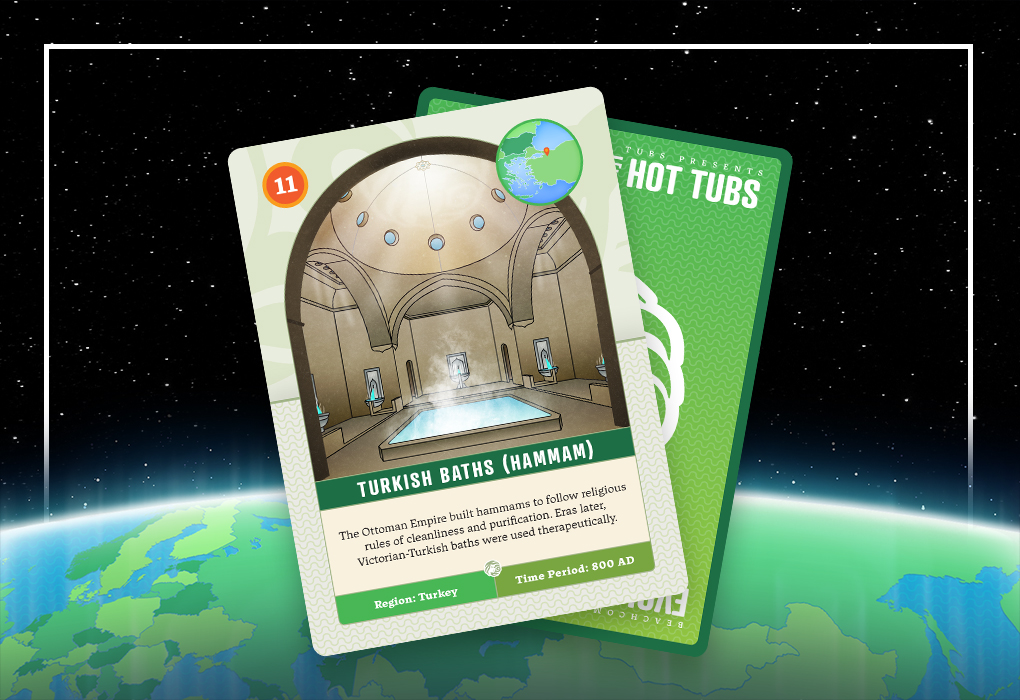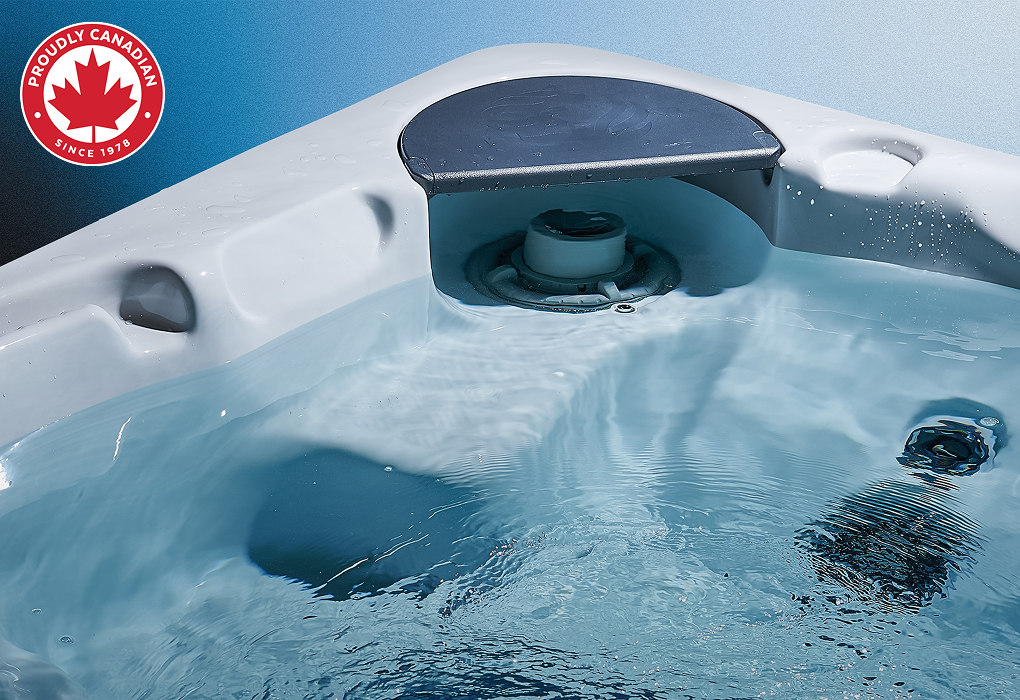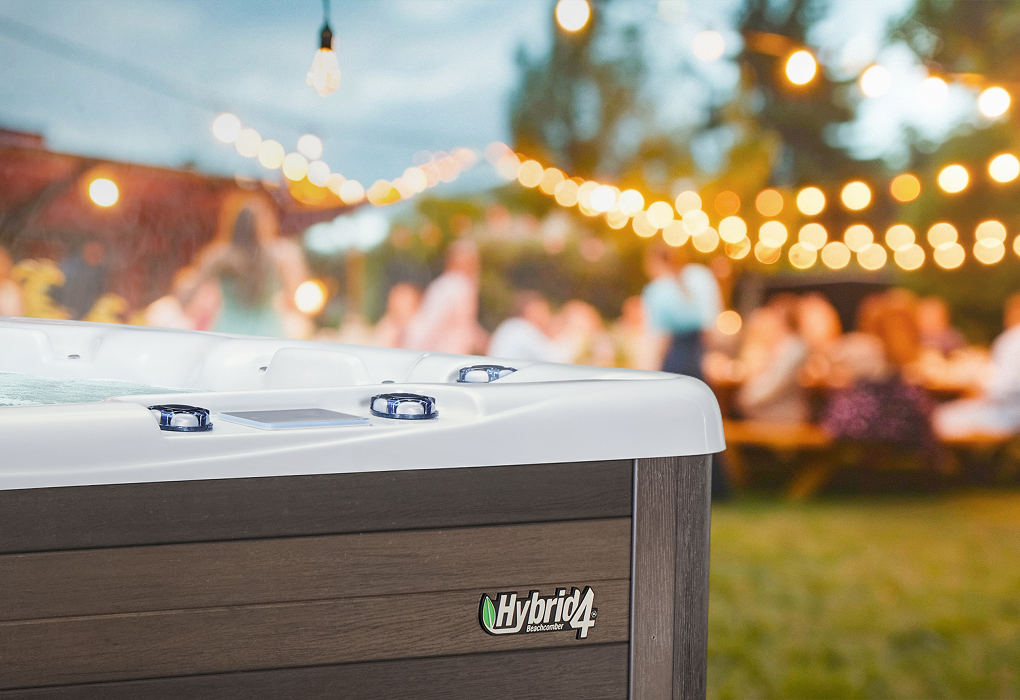Turkish Baths, influenced by the Romans and introduced by the Ottoman Empire, were very different to previous bathhouses in their structure and usage. Rather than bathing in the likes of onsens and ofuros, the user would sit in a hot room and rinse themselves with water. These Hammam were built for religious purposes in the 800’s A.D.
The History
We know that the Roman Empire had a great influence throughout the world - this can be seen by the different bathhouses and bathing rituals in different locations and countries. While bathing and cleanliness were always prevalent in Turkey long before the Ottoman Empire, it became more widely adopted with the introduction of the bathing structures.
These baths are called hammam – this comes from ‘hamam’ which is Arabic for ‘to heat’. In a Turkish bath, the user doesn’t soak in water, and unlike Roman baths, there were no pools. This was due to their beliefs around cleanliness. The Turkish people felt that sitting in stagnant, unmoving water was unclean. For this reason, the Turkish baths had a different structure to previous bathhouses.
Instead of deep-water baths, there were marble benches located throughout the hammam. The user would sit on these benches in a hot, sauna like room and douse themselves in water that comes from taps throughout. Many Turkish people used this as their bathing time, so they would bring their soap to clean themselves. The development of the bathhouses during the Ottoman rule was influenced heavily by Islamic beliefs surrounding cleanliness. Many mosques featured hammam – they would often be built at the same time. This allowed people to wash themselves thoroughly before prayer and ensured that they could worship when they wanted and needed to.
The Benefits
The Turkish hammam were beneficial in many ways. Whether it was what they brought to the community they were in or health benefits – the positives varied.
- Within Islamic beliefs, a person cannot pray or practice religious activities if they were not clean. Washing oneself before prayer or touching the Qur’an, the sacred text of Islam, was vital to believers, and this made the hammam highly valuable. The presence of the baths as part of mosques meant that those who didn’t have time to clean that day before going to pray were still able to practice their religion.
- Hammam became a central place for socialization and enjoyment. Much like previous stages in the timeline, people would often use them as a place to meet and catch up in the evenings or their free time. They were a central and enjoyable space for all, making them the perfect location for gathering.
- Many celebrations were had within Turkish baths. In particular, women would often mark occasions such as engagements and the birth of children in the baths.
- Health benefits were experienced by many who bathed in them. From easing aches and pains, to helping with skin issues, people felt improvements to many of their problems.
Because of these perks, hammams became more popular throughout the years. They were built separate to mosques, and were a key player for relaxation, socialization, and health for the people of Turkey. The enjoyment and benefits felt by those who used them made the hammam more popular, with more people coming to use the baths as time went on.
The hammam are still popular to this day, with many tourists who visit Turkey visiting the historic buildings. The baths are separate for men and women, and each person is brought to a room where someone washes, exfoliates, and rinses them down. Traditionally, the treatment ends with a massage, but this isn’t always included.
Want to know more about how hydrotherapy and hot tubs developed throughout the world? Download our infographic and sign up for our newsletter to be notified of the next blog post in our timeline!











